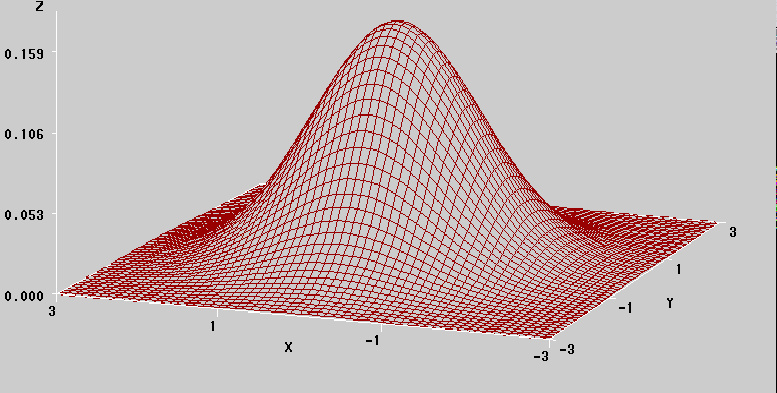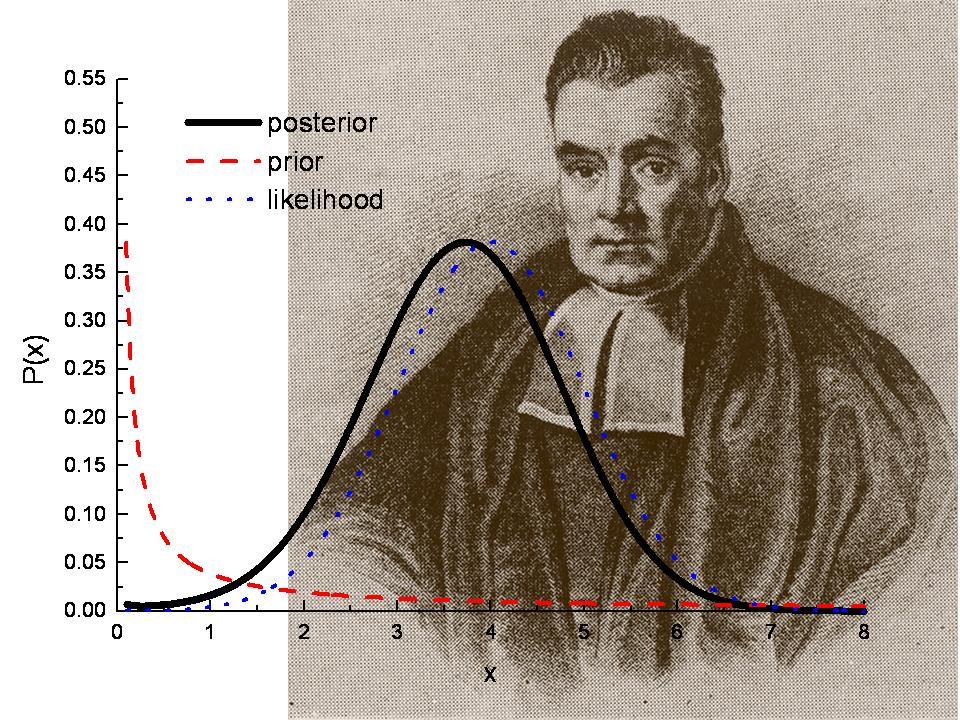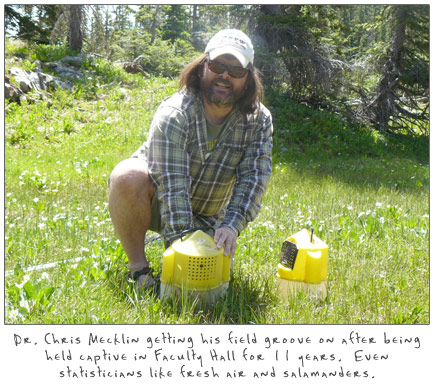Research
What it used to be…
I remember back when we were worried about Y2K and I was seeking a job as a newly minted Ph.D. looking to become an assistant professor. Since my training was very frequentist in nature, with emphasis in applying statistical methodlogy to educational and social science research, that was a focus back then. Also, I used to use SAS a lot. I wrote programs for my dissertation in SAS/IML. Yuck!

In particular, my dissertation and early publications looked at the power of tests of multivariate normality. I also took some coursework in mathematics education and measurement as a grad student, and I had (and still have) a strong interest in statistics education.
What it is now…

Even back in the 20th century when I was a mere graduate assistant, I was involved in statistical consulting with people from many fields. Although the University of Northern Colorado’s applied stats program emphasized educational and social science research, I also worked with people from fields including chemistry education, public health, and wildlife biology. In the 21st century I’ve gone from being a Bayesian-curious associate professor to a full professor that is wrapping his head around “data science” and wants to learn some GIS. Oh, and I use R all the time and barely touch SAS.

The majority of my current research is geared towards applied problems that arise in the analysis of biological, ecological, and/or environmental data. This is largely due to becoming involved with many of my colleagues in the Watershed Studies Institute, including biologists, ecologists, chemists, geoscientists, and water scientists. Current interests of mine include the quantitative measurment and analysis of biodiversity. Also, figuring out why Howard Whiteman’s pesky tiger salamanders on the top of that mountain in Colorado sometimes decide to go paedomorph and sometimes metamorph.
Here I am as a field statistician at the Mexican Cut in 2011. I think I was sampling with replacement from this container full of salamanders and constructing a sampling distribution or something. Maybe I was deriving a new technique called the hiking-bootstrap.

I’ve been involved with the Biomathematics group at Murray State since 2004. We are a group from both the biology and math & stats departments that are interested in research at the interface of those disciplines. We received a NSF grant in 2005 for five years to involve undergraduates in biomathematics research, and subsequently received a three year extension.
Publications…
Check out the Vita page.
Thesis Committees
I have been on dozens of thesis committees at Murray State University, at both the senior honors’ and master’s degree level, since 2000. Committees that I have been the major advisor for are:
Martin Brown, 2010. Evaluating an ordinal output using data modeling, algorithmic modeling, and numerical analysis. Master’s thesis.
Jacob Munson, 2017. Neural network predictions of a simulation-based statistical and graph theoretic study of the board game Risk. Master’s thesis.
Meredith Stevenson (now Duncan), 2011. A comparison among traditional methods in survival analysis and generalized additive models for location, scale and shape. Senior Honors Thesis.
Joshua Lambert, 2010. Better estimates of diversity using zero-inflated distributions. Master’s thesis.
Nathan Hirtz, 2006. Simulation study comparison of the two sample t-test and the two one-sided tests (TOST) procedure. Master’s thesis.
Murray State University is not responsible for the contents of these individual pages. Comments on these pages should be directed to the page author.